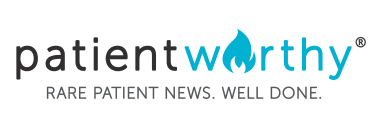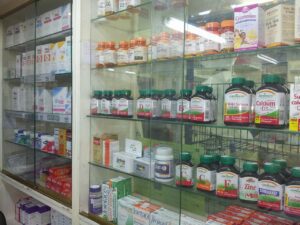At the end of February 2021, BridgeBio Pharma Inc. (“BridgeBio”) and its affiliate Origin Biosciences, Inc. (“Origin”) shared that its treatment, NULIBRY (fosdenopterin) for Injection, received FDA approval for patients with molybdenum cofactor deficiency (MoCD) type A. This is especially exciting news considering that this cPMP substrate replacement therapy is the first approved treatment of its kind.
Molybdenum Cofactor Deficiency (MoCD)
According to MedLine Plus, molybdenum cofactor deficiency (MoCD) is:
a rare condition characterized by brain dysfunction (encephalopathy) that worsens over time. Babies with this condition appear normal at birth, but within a week they have difficulty feeding and develop seizures that do not improve with treatment.
Only an estimated 150 people worldwide have been diagnosed with MoCD. Unfortunately, the condition is often fatal, with many patients not living past age 4. There are three subtypes of MoCD: A, B, and C. As described by MedLine Plus:
MOCS1 gene mutations cause type A, MOCS2gene mutations cause type B, and GPHN gene mutations cause type C.
The mutations cause sulfite, S-sulfocysteine, xanthine, and hypoxanthine to build up. Normally, molybdenum cofactor plays a role in enzyme function. These enzymes break down the above substances. However, when these substances accumulate, it can be toxic to the brain. Outside of the feeding difficulties and seizures, symptoms of MoCD include:
- Microcephaly
- Exaggerated startle response
- Hypertonia
- Developmental delays
NULIBRY
So what is NULIBRY? This intravenously administered treatment provides the body with cPMP. Later, this converts to molybdopterin, which converts to molybdenum cofactor, helping to remove some of the toxic elements from the body. Thus far, NULIBRY was granted Rare Pediatric Disease, Orphan Drug, and Breakthrough Therapy designations.
The FDA approval hinged, in part, on findings from both a natural history study and a set of clinical trials. Data from the studies showed that:
- Patients taking NULIBRY had longer overall survival rates than those in an untreated, genotype-matched group. In fact, NULIBRY lowered the mortality risk by 82%.
- Those taking NULIBRY saw sustained treatment responses for 48 months (2 years).
- NULIBRY significantly lowered S-sulfocysteine in the urine.
- Overall, NULIBRY was relatively safe and well-tolerated.
- Side effects include ear and viral infections, fever, vomiting, coughing, photosensitivity (light sensitivity), and catheter-related issues. Other complications included pneumonia, eczema, and sepsis.
Together, Origin and BridgeBio also founded ForgingBridges, a patient program designed to help patients gain access to both NULIBRY and a patient community.





